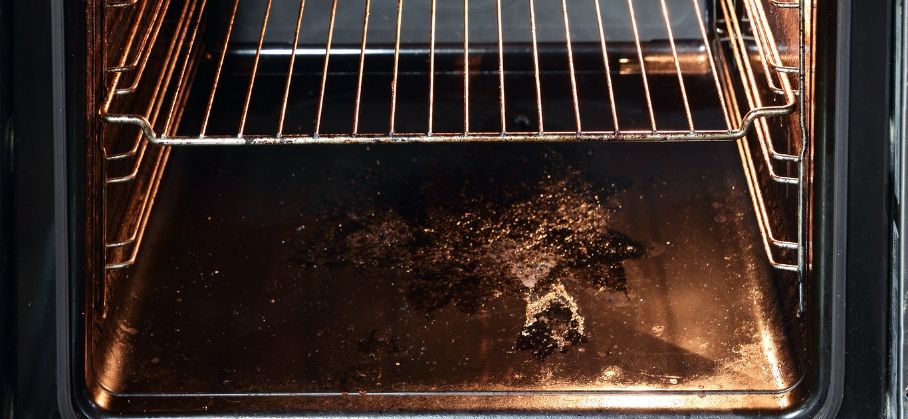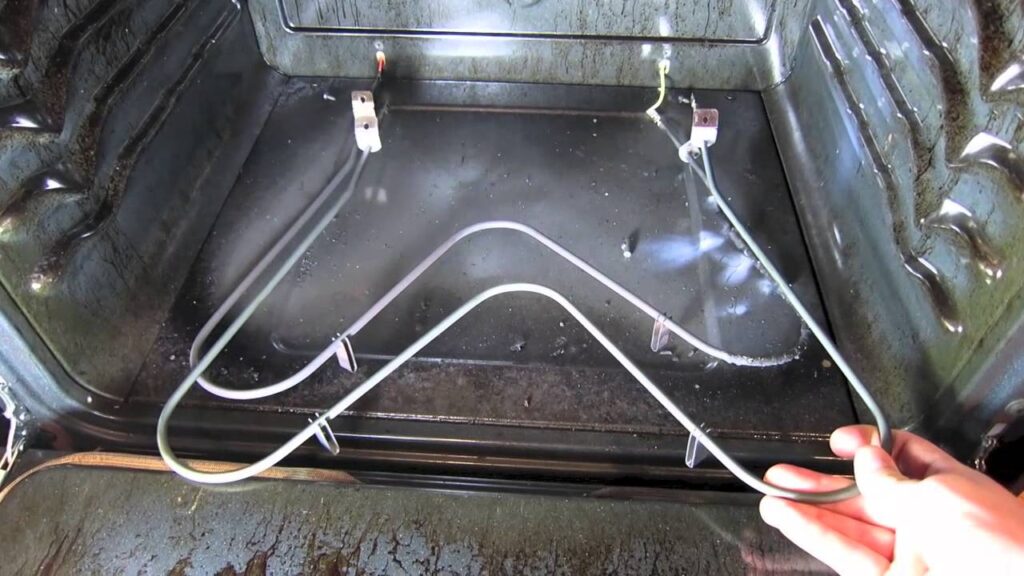Have you ever switched on your electric stove only to see smoke rising, leaving you confused—or even a little worried? You’re not alone. A smoking stove can range from a minor nuisance to a sign of a more serious issue. Before panicking, let’s figure out what’s going on, what tools you might need to fix it, and whether you can tackle this problem yourself or if it’s time to call in a professional.
What You’ll Need for Repairs
If you’re considering a DIY approach, gather these basic items:
- Heat-resistant gloves
- Screwdrivers (usually Phillips and flathead)
- Soft cloths or paper towels
- Mild cleaning detergent or stove cleaner
- A flashlight (for better visibility)
- Replacement burner or drip pan (if required)
Keep in mind: Safety first. Unplug your stove or turn off the power at the circuit breaker before starting any work.
Can the Average User Fix a Smoking Stove?
You might be wondering: is this something you can handle at home, or should you just bite the bullet and call a technician? For minor issues like leftover food residue or oil on burners, most people can manage with simple cleaning. But, if the smoke is coming from electrical components, melted wires, or a persistent burning smell, don’t risk it—call a professional. Electric stoves aren’t especially complex, but they do require a certain level of caution.
Common Reasons Why Your Electric Stove is Smoking
1. Food Spills and Residue

Probably the most common culprit—bits of food, grease, or oil have dripped onto the burners or drip pans. As the stove heats up, these remnants start to burn, releasing smoke (and sometimes, an unpleasant smell).
2. New Appliance Burn-off
If your stove is fresh out of the box, a little smoke is almost expected. Manufacturers often apply protective coatings to burners, which need to “burn off” during the first few uses.
3. Faulty or Damaged Components

If you’ve ruled out the usual suspects, you might be dealing with a burnt-out coil, a short circuit, or damaged insulation. This is where DIY repair gets tricky—and potentially dangerous.
Step-by-Step Guide to Fixing a Smoking Electric Stove
1. Safety First
a. Turn Off the Power
Always unplug the stove or shut off its circuit breaker. This step is non-negotiable.
b. Let It Cool Down
Give your stove plenty of time to cool off before you start poking around.
2. Inspect and Clean the Burners
a. Remove the Burners and Drip Pans
Gently lift the burners out, following the instructions in your stove’s manual. Remove the drip pans underneath.
b. Clean Thoroughly
Wipe down the burners and drip pans with a cloth and some mild detergent. Scrape off any burnt-on residue with care—not too aggressively, or you could damage the finish.
c. Dry Everything
Ensure all parts are completely dry before putting them back.
3. Check for Damaged Parts
a. Look for Visible Damage
If a burner is blistered, warped, or visibly burnt, it’s probably time for a replacement.
b. Smell for Electrical Odors
A chemical or electrical burning smell means you should stop immediately and call a technician. Don’t risk an electrical fire.
4. Reassemble and Test
Place everything back where it belongs, restore the power, and turn on the stove at a low setting. Observe closely. If the smoke is gone—success! If not, or if you smell burning plastic or electrical insulation, shut it off at once.
When Should You Call a Technician?
- Persistent smoke, especially from underneath the stove or control panel
- Signs of electrical burning (sparks, melted wires, or acrid smell)
- Repeated problems after cleaning
These issues go beyond a quick DIY fix. Electrical repairs require expertise and special tools—sometimes it’s best to let the professionals handle it.
Final Thoughts
A smoking electric stove is often less serious than it appears, but it’s wise not to take chances. Most cleaning jobs are easy enough for a careful home cook, but electrical problems are another story. When in doubt, safety comes first. After all, a few extra minutes spent on caution can save you hours of headaches down the line.

